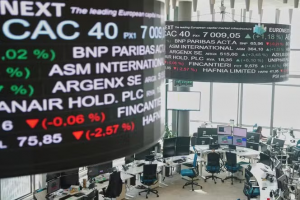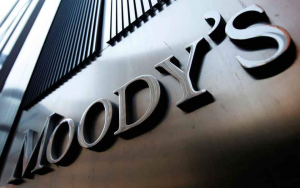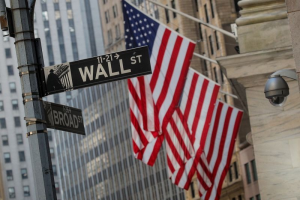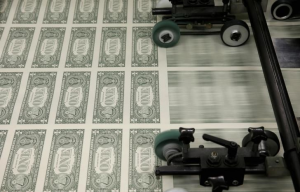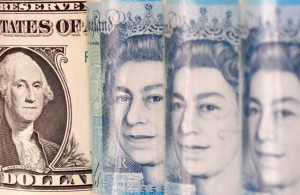The euro fell at the opening of the European market on Wednesday against a basket of major and minor currencies, pulling back from a two-week high against the U.S. dollar. This decline marks the first loss in three days, driven by profit-taking and risk aversion ahead of comments by European Central Bank (ECB) President Christine Lagarde.
Current market expectations suggest that the ECB might lower European interest rates at its meeting next week, potentially widening the interest rate gap in favor of the U.S. dollar.
Adding to market uncertainty is the lack of clarity regarding former President Donald Trump's tariff plans, leaving global financial markets guessing about future economic trends.
Price Movement
The euro dropped 0.3% against the dollar to $1.0392, down from the session’s opening level of $1.0424, after hitting a high of $1.0434.
On Tuesday, the euro rose 0.1% against the dollar, marking its second consecutive daily gain. It reached a two-week high of $1.0435, supported by easing concerns over potential U.S. tariffs on the European Union.
European Interest Rates
Current money market pricing shows a 60% probability of the ECB cutting interest rates by 25 basis points in January.
Despite a relative acceleration in European inflation levels in December, markets view this as a normal development following a period of price declines toward the ECB’s medium-term target.
Thus, markets still expect the ECB to cut rates by 25 basis points during its meeting on January 29–30.
Focus on Christine Lagarde’s Comments
To reassess the above probabilities, investors are keenly awaiting comments from ECB President Christine Lagarde at the World Economic Forum annual meetings in Davos at 15:15 GMT.
In December, Lagarde stated that the ECB would lower interest rates further if inflation continued to decelerate toward the medium-term target of 2%.
Trump’s Tariff Proposals
On Tuesday evening at the White House, former U.S. President Donald Trump announced that his administration was considering imposing 10% tariffs on goods imported from China starting February 1. This is the same day he previously indicated that Mexico and Canada would face 25% tariffs.
According to Tony Sycamore, an analyst at IG: "While Trump threatened tariffs as high as 25% on Mexico and Canada, he refrained from implementing them despite signing several executive orders."
Sycamore added: "This could signal a more cautious approach to tariffs than what was promised during his campaign, reducing the risks of inflation and potential Federal Reserve tightening measures."
Euro Performance Outlook
At FX News Today, we predict: If Lagarde’s remarks are more aggressive than anticipated, the likelihood of a rate cut next week will diminish. This could lead to further appreciation of the euro against a basket of global currencies.



